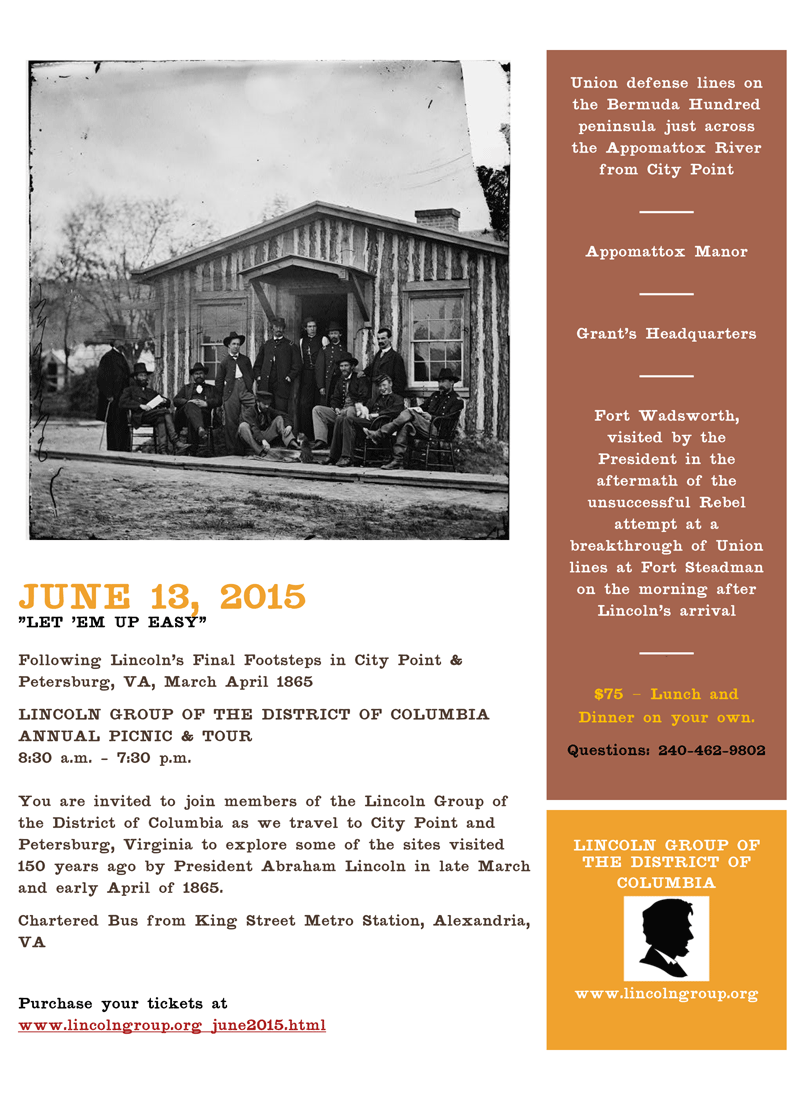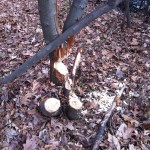 Recently I marveled at the nature around us, and then today I realized how much of it is no longer there. This point was emphasized as I read the following:
Recently I marveled at the nature around us, and then today I realized how much of it is no longer there. This point was emphasized as I read the following:
Most of us live in cities where the number of visible wild species was long ago winnowed down to a few dozen. The sight of anything wilder than a sparrow, pigeon, or a squirrel makes the hearts of urban dwellers soar like the eagles we nearly exterminated.
The quote is from a book called Fire in the Turtle House by Osha Gray Davidson. The focus is on the plight of the green sea turtle in Hawai’i, but this line resonated with me in a more personal sense. I commonly walk from our suburban townhouse over to a small pond surrounded by woods. “Woods” in this case is defined as the residual trees and underbrush remaining after developers have decimated the natural forest and replaced it with townhouse farms, groups of homes that have grown like corporate cornfields in this area of northern Virginia.
Still, I live for these walks. The robins, cardinals, mockingbirds, occasional sparrows, and rare wrens are joined each spring and summer by swarms of geese, many with new families that we matronly watch over as they grow through their baby down into adolescent feathers. We watch as the toothy shavings of yet another small tree reveals the nightly work of an unseen beaver. A green heron makes an appearance in search of food. The occasional great blue heron does indeed make my heart soar.
[Continue reading on Hot White Snow]
The above is a partial of a full article “On Writing” on Hot White Snow, my creative writing blog. Please click on the link above to read further. Thanks.
David J. Kent has been a scientist for over thirty years, is an avid science traveler, and an independent Abraham Lincoln historian. He is the author of Tesla: The Wizard of Electricity and the e-book Nikola Tesla: Renewable Energy Ahead of Its Time. He is currently writing a book on Thomas Edison.
Follow me by subscribing by email on the home page. And feel free to “Like” my Facebook author’s page and connect on LinkedIn. Share with your friends using the buttons below.



 It should go without saying that when you deny reality long enough, eventually reality makes you look foolish. Climate deniers have been denying the science behind man-made climate change for so long that they have lost even the illusion of credibility. They have become their own worst enemy, and as such have put themselves on a path of complete irrelevancy.
It should go without saying that when you deny reality long enough, eventually reality makes you look foolish. Climate deniers have been denying the science behind man-made climate change for so long that they have lost even the illusion of credibility. They have become their own worst enemy, and as such have put themselves on a path of complete irrelevancy.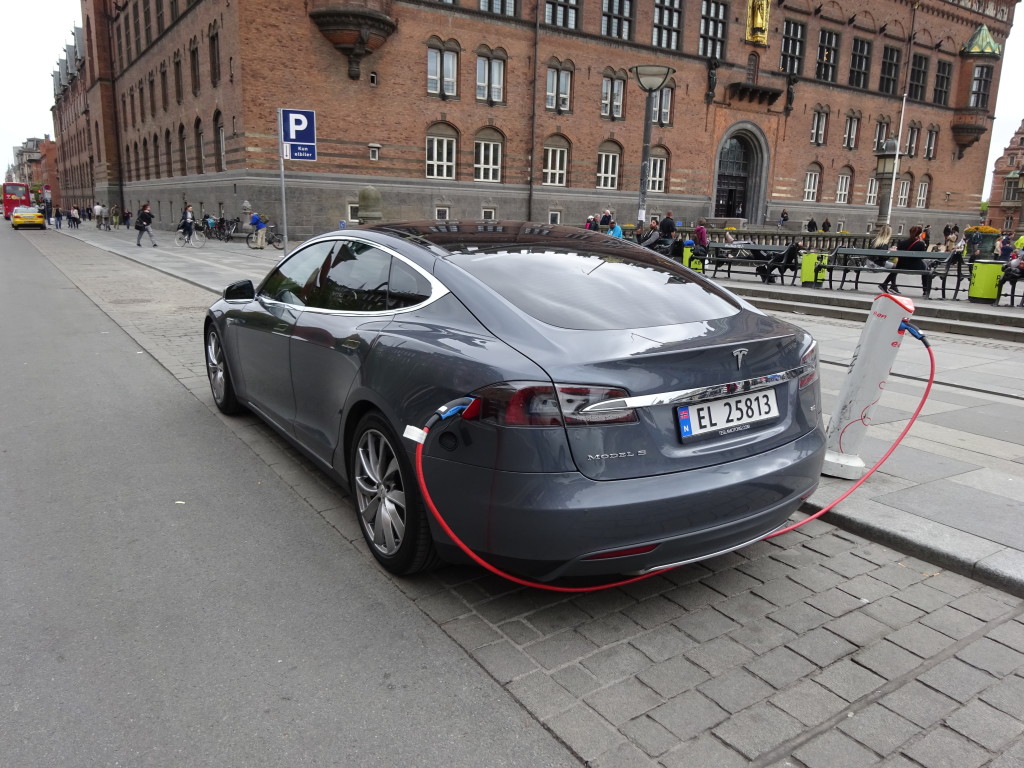

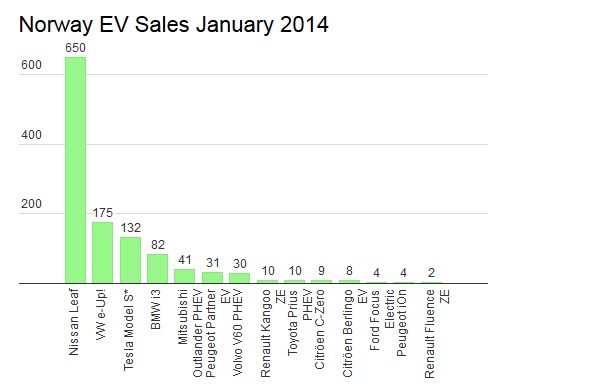
 Book Review: The People’s Republic of
Book Review: The People’s Republic of 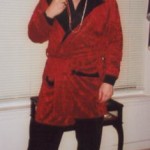 The Puppet Suit
The Puppet Suit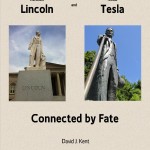 As I’ve mentioned before,
As I’ve mentioned before, 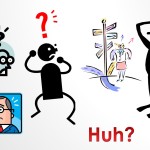 Last week we took a look at how climate scientists can communicate the science to policy-makers, so today in Part 3 we’ll look at how scientists can communicate directly with the public. Together these are a three-part series on how to
Last week we took a look at how climate scientists can communicate the science to policy-makers, so today in Part 3 we’ll look at how scientists can communicate directly with the public. Together these are a three-part series on how to 
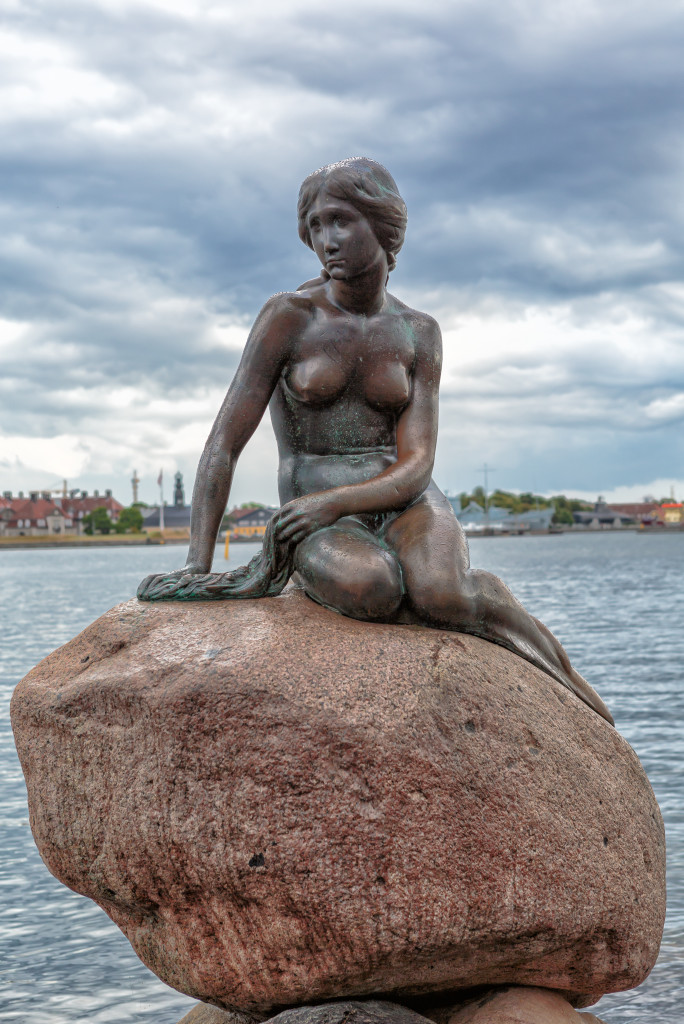
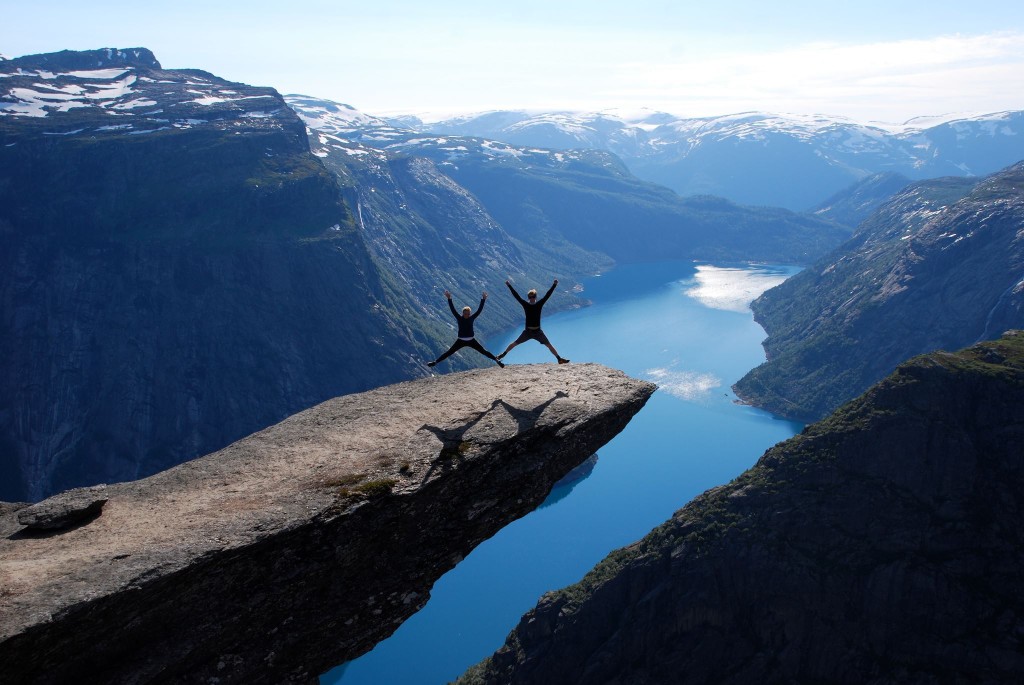
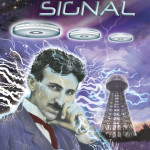 As a writer it’s always interesting to read other people’s writing, especially when they are people I know. Of course, interesting could mean either good or bad depending on the quality of the writing, but it seems I’ve been lucky because the books I’ve read by friends and acquaintances have been wonderful. That includes works by
As a writer it’s always interesting to read other people’s writing, especially when they are people I know. Of course, interesting could mean either good or bad depending on the quality of the writing, but it seems I’ve been lucky because the books I’ve read by friends and acquaintances have been wonderful. That includes works by 